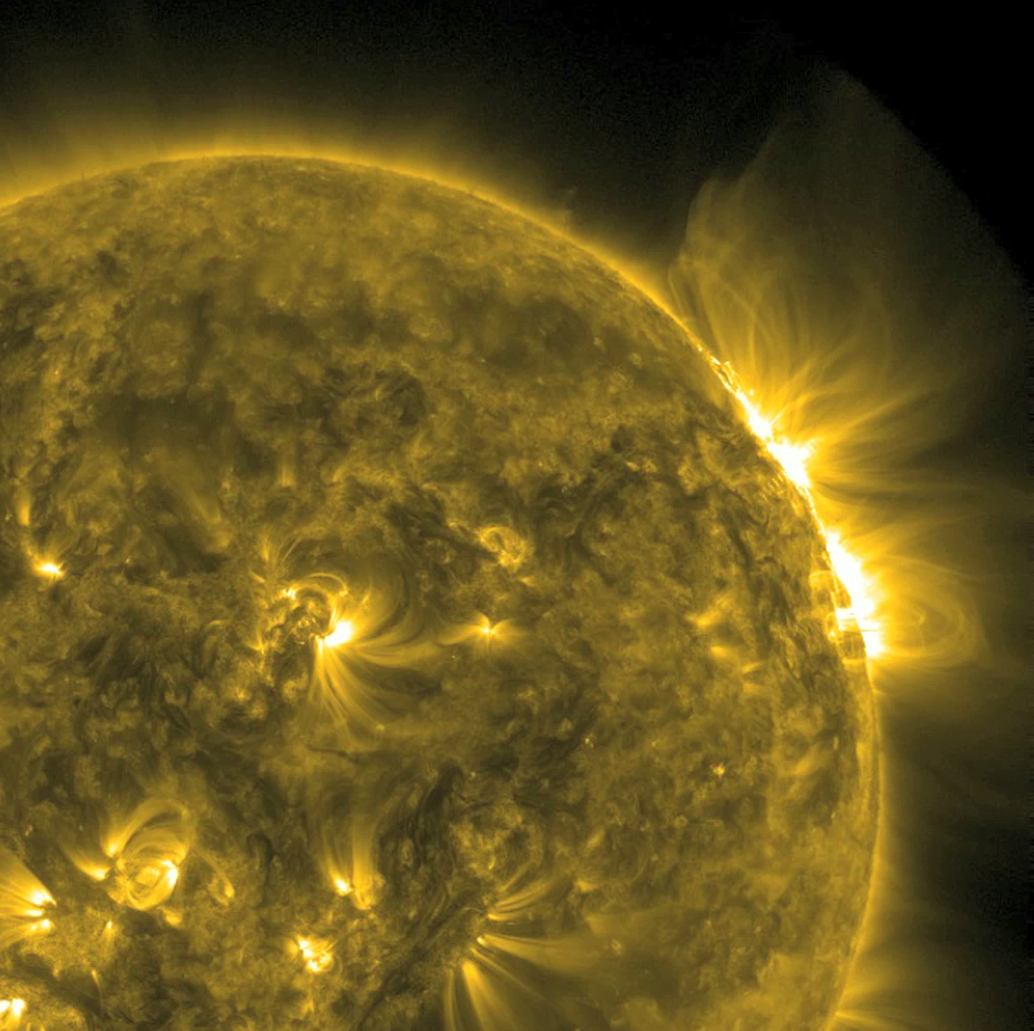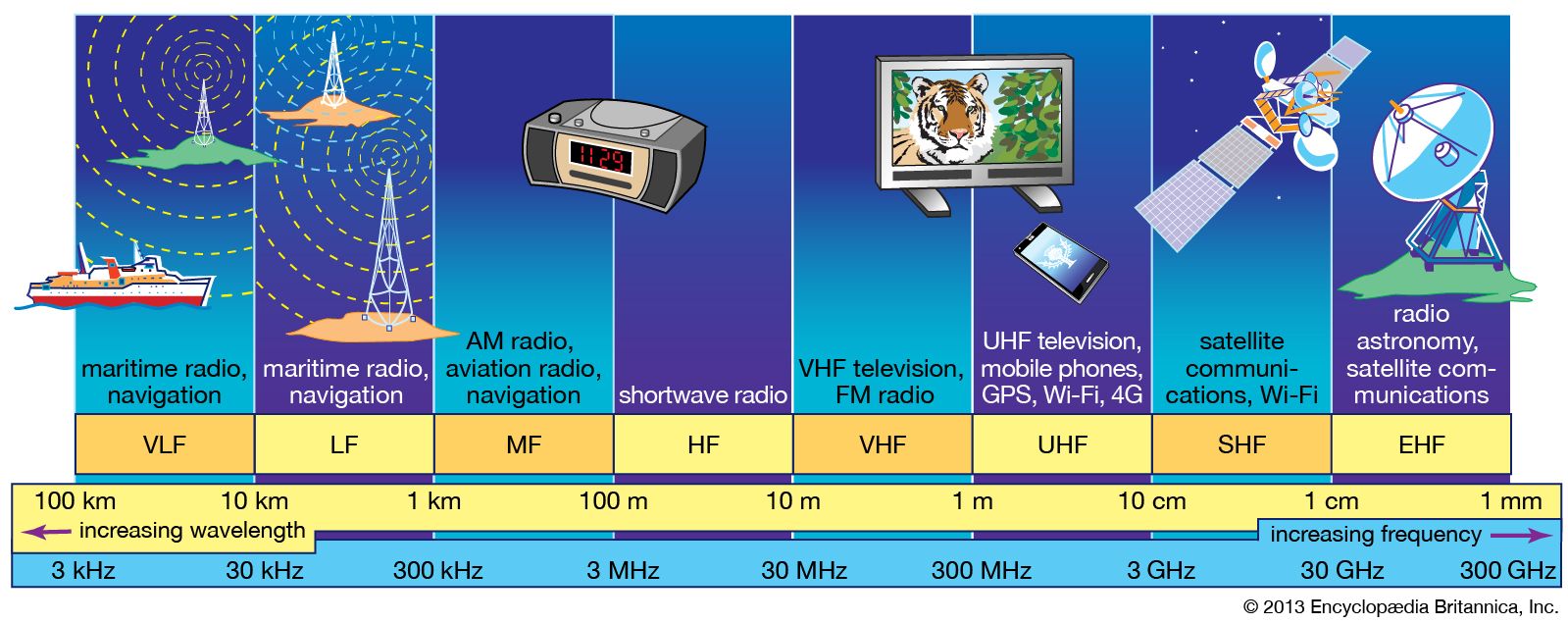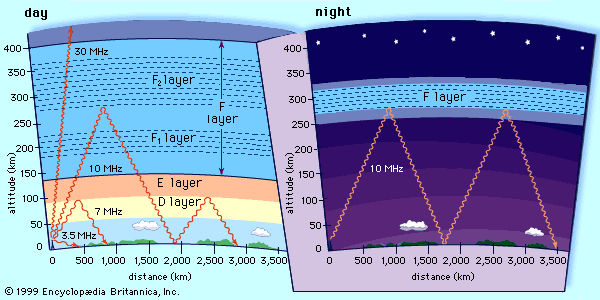Before diving in, I'd like to give a special shout-out to my friend. Their curiosity and discussions about the sun's influence on wireless communication inspired me to write this article!
Also, this is the first English article on my blog. It should be somewhat... machine-translatable. To my friends who can't understand this, sorry!
Introduction

Solar flares, significant bursts of energy from the sun, can disrupt devices like cell phones and the internet. These flares originate near sunspots, cooler, darker regions on the sun's surface, indicating intense magnetic activity.
These solar events occur when the sun's magnetic fields twist and release vast amounts of energy in various light forms and waves, some of which interfere with Earth's wireless signals.
Moreover, solar flares eject charged particles into space, impacting the Earth's magnetic field and consequently affecting satellite signals, GPS, and various forms of wireless communication.
Studying solar flares enhances our understanding of their influence on wireless communications.
Wireless Communication: A Historical Perspective
The journey of wireless communication began with the spark gap transmitter, enabling Morse code transmission without wires. This section traces its evolution through different frequency ranges.
The Evolution of Frequencies

Initially, wireless communication utilized low and medium frequencies, suitable for long distances but limited in data capacity. The advent of high frequency (HF) bands marked a significant shift. HF's ability to bounce off the ionosphere facilitated global communication.
Ham radio enthusiasts were among the first to utilize HF for long-distance communication, leveraging the ionosphere's reflective properties.
More recently, the focus has shifted to very high and ultra-high frequencies, ideal for TV, mobile phones, and Wi-Fi. While offering higher data capacity, these frequencies have a limited range and cannot utilize ionospheric reflection.
Frequency Characteristics
Each frequency range has its advantages and limitations. Lower frequencies cover greater distances but are limited in data capacity. Conversely, higher frequencies can carry more data but are constrained by range and physical barriers.
Solar Flares and Communication

Solar flares significantly impact lower frequency bands like HF (High Frequency) in wireless communication, and understanding this requires a look at how these radio waves interact with the Earth's ionosphere. This layer of the atmosphere is ionized by solar and cosmic radiation and plays a crucial role in radio wave propagation.
When a solar flare occurs, it emits intense X-ray and extreme ultraviolet (EUV) radiation, dramatically increasing the ionization levels in the ionosphere's lower layers, especially the D layer, which is about 60-90 kilometers above the Earth. HF waves, which are essential for long-distance communication, are heavily absorbed by these heightened ionization levels. This absorption is much more effective at lower frequencies, leading to what's known as a radio blackout in the HF range.
HF radio waves typically travel long distances by being reflected off the ionosphere back to Earth. However, during solar flares, the altered ionospheric conditions can disrupt this reflective process. Lower frequencies are more susceptible to these changes because their propagation is heavily dependent on the state of the ionosphere. The increased ionization can interfere with the ionosphere's ability to reflect these waves, affecting long-distance communication.
Additionally, the mechanics of wave propagation play a role. Lower frequency radio waves have longer wavelengths, making them interact more effectively with the free electrons produced by the increased ionization. This leads to greater absorption and scattering of HF waves compared to higher frequencies like VHF (Very High Frequency) and UHF (Ultra High Frequency), which either penetrate the ionosphere more easily or are less affected by these changes.
Therefore, the increased ionization of the ionosphere during solar flares particularly impacts HF radio waves. They are more vulnerable due to their reliance on ionospheric reflection for propagation and their effective interaction with the ionosphere's charged particles.
Real-World Impact of Solar Flares
Solar flares differentially affect wireless communications across frequency bands.
In the lower frequency bands, such as LF, MF, and HF, crucial for long-distance maritime and aeronautical communications, solar flares can cause significant disruptions. This includes communication blackouts or reduced capabilities during transoceanic flights or sea voyages. Additionally, ham radio communications, often reliant on HF bands, can experience severe interference or complete signal loss.
In contrast, higher frequency communications, like VHF and UHF, including TV and FM radio, are generally less affected. Modern cellular networks and Wi-Fi, which predominantly use higher frequency bands, are relatively resilient to the direct effects of solar flares on signal propagation. Similarly, GPS systems, operating in higher frequency ranges, are less vulnerable to direct interference.
Conclusion
Solar flares are more than mere space phenomena; they have significant effects on Earth's wireless communication. From the historic spark gap transmitter to today's sophisticated networks, wireless communication has continually evolved and adapted.
The primary impact of solar flares is on lower frequency communications like HF and AM radio, crucial for long-distance and specialized communication. These frequencies are particularly vulnerable to ionospheric disturbances caused by solar flares, leading to radio blackouts and signal disruptions.
In contrast, higher frequency communications like TV, FM radio, and modern cellular networks, though not entirely immune, generally face less interference from solar flares due to advanced error correction and less dependence on the ionosphere.